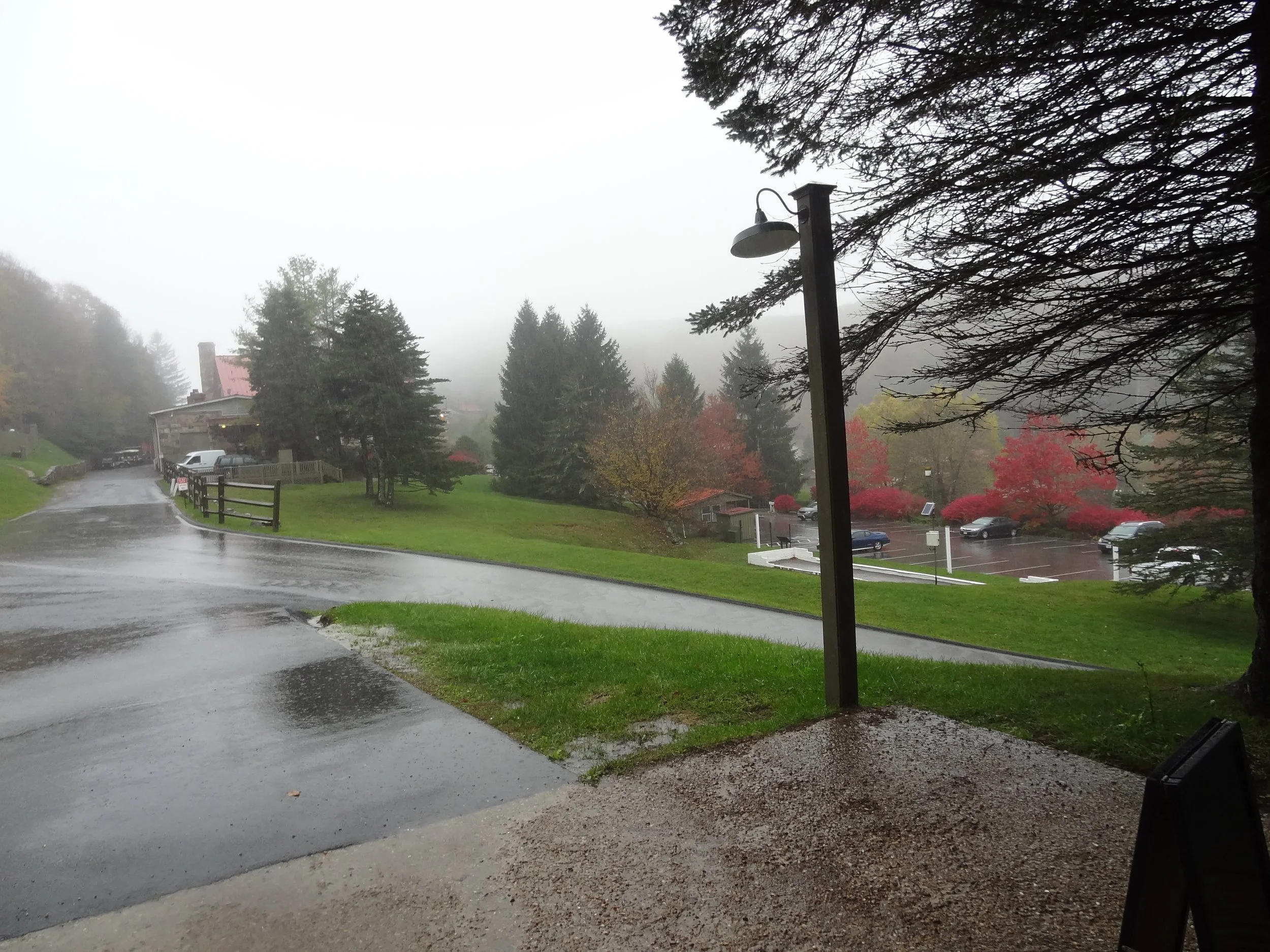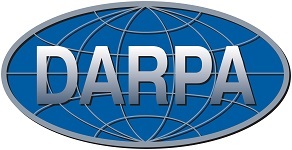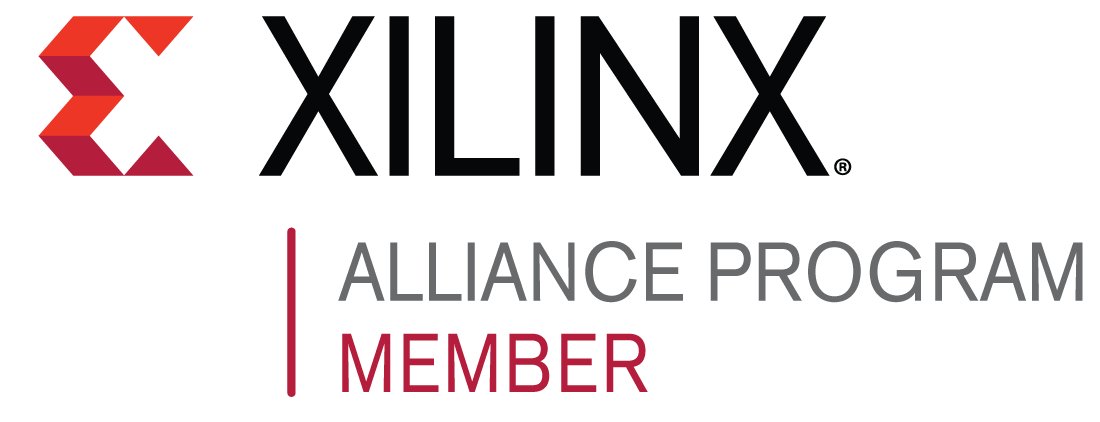This Christmas, Graf Research Corporation celebrates the gift of having a new paper published in the Journal of Hardware and Systems Security! The paper is entitled “A practical application of game theory to optimize selection of hardware Trojan detection strategies.” Paper contributors included Jonathan Graf, Whitney Batchelor, Scott Harper, Ryan Marlow, Ed Carlisle, and Peter Athanas. The paper will appear in the journal next week, so be on the lookout for it!
And of course, Happy Holidays and Happy New Year to all!
-----
A practical application of game theory to optimize selection of hardware Trojan detection strategies
Jonathan Graf, Whitney Batchelor, Scott Harper, Ryan Marlow, Edward Carlisle IV, and Peter Athanas
Abstract: A wide variety of Hardware Trojan countermeasures have been developed, but less work has been done to determine which are optimal for any given design. To address this, we consider not only metrics related to the performance of the countermeasure, but also the likely action of an adversary given their goals. Trojans are inserted by an adversary to accomplish an end, so these goals must be considered and quantified in order to predict these actions. The model presented here builds upon a security economic approach that models the adversary and defender motives and goals in the context of empirically derived countermeasure efficacy metrics. The approach supports formation of a two-player strategic game to determine optimal strategy selection for both adversary and defender. A game may be played in a variety of contexts, including consideration of the entire design lifecycle or only a step in product development. As a demonstration of the practicality of this approach, we present an experiment that derives efficacy metrics from a set of countermeasures (defender strategies) when tested against a taxonomy of Trojans (adversary strategies). We further present a software framework, GameRunner, that automates not only the solution to the game but also mathematical and graphical exploration of “what if” scenarios in the context of the game. GameRunner can also issue “prescriptions,” a set of commands that allows the defender to automate the application of the optimal defender strategy to their circuit of concern. Finally, we include a discussion of ongoing work to include additional software tools, a more advanced experimental framework, and the application of irrationality models to account for players who make subrational decisions.
































